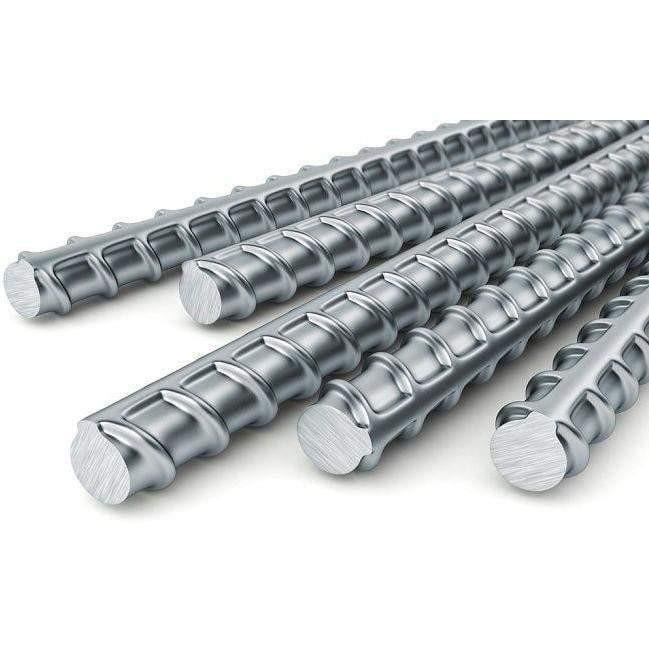
PHD Iron
Iron is a chemical element with the symbol Fe and atomic number 26. It is one of the most abundant elements on Earth and plays a crucial role in various aspects of human civilization, including construction, industry, transportation, and biology.
Description
Iron is a chemical element with the symbol Fe and atomic number 26. It is one of the most abundant elements on Earth and plays a crucial role in various aspects of human civilization, including construction, industry, transportation, and biology. Here's an overview of iron: Properties of Iron: Physical State: Iron is a solid at room temperature. Color: Iron is typically grayish in color. Density: Iron is relatively dense, with a density of about 7.87 grams per cubic centimeter. Melting Point: Iron has a melting point of 1,538 degrees Celsius (2,800 degrees Fahrenheit). Boiling Point: Iron's boiling point is 2,862 degrees Celsius (5,184 degrees Fahrenheit). Forms of Iron: Pure Iron: Pure iron is relatively soft and malleable. It is rarely used in its pure form due to its limited strength and other properties. Iron Alloys: Iron is commonly alloyed with other elements, such as carbon, to create various types of steel. Different alloying elements are added to steel to achieve specific properties, such as strength, corrosion resistance, and hardness. Uses and Applications: Construction: Iron and its alloys, particularly steel, are widely used in construction for structural elements like beams, columns, and reinforcement bars. Manufacturing: Iron and steel are essential for manufacturing machinery, tools, vehicles, and appliances. Transportation: Iron and steel are key components in vehicles, including cars, trucks, trains, ships, and airplanes. Infrastructure: Iron and steel are used in the construction of bridges, highways, railways, and other infrastructure projects. Household Items: Iron is used in a variety of everyday items, such as cookware, utensils, and home furnishings. Energy Production: Iron is used in the construction of power plants, wind turbines, and other energy-related infrastructure. Medical Use: Iron is an essential element for human health, playing a crucial role in oxygen transport in blood. Iron supplements are also used to treat iron-deficiency anemia. Types of Iron Ore: Iron is primarily obtained from iron ore, which is a rock or mineral from which iron can be extracted economically. Common types of iron ore include: Hematite: A red or reddish-brown iron ore known for its high iron content and often used in steel production. Magnetite: A magnetic iron ore that has a higher iron content than hematite. Limonite: A yellowish-brown iron ore that contains hydrated iron oxides. Iron Production: Iron is typically produced through two primary methods: Blast Furnace: Iron ore is heated with coke (carbon) and limestone in a blast furnace, where the iron is extracted as molten metal. Direct Reduction: Iron ore is reduced using gases like natural gas or hydrogen to obtain iron in a direct reduction process. Iron and its alloys have significantly shaped human civilization and continue to play a vital role in modern industry and technology. From construction to transportation to manufacturing, iron's versatility and strength make it a fundamental material for a wide range of applications.